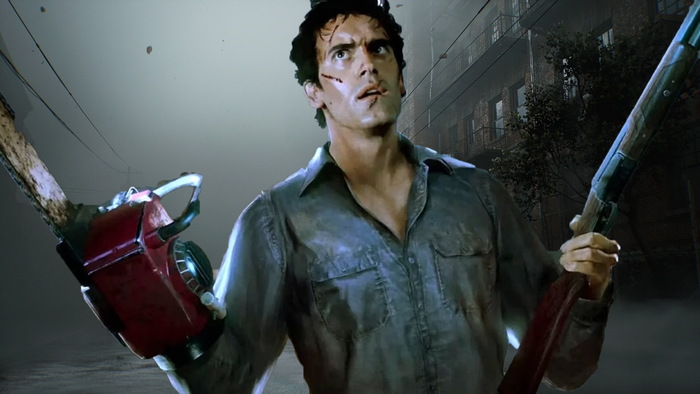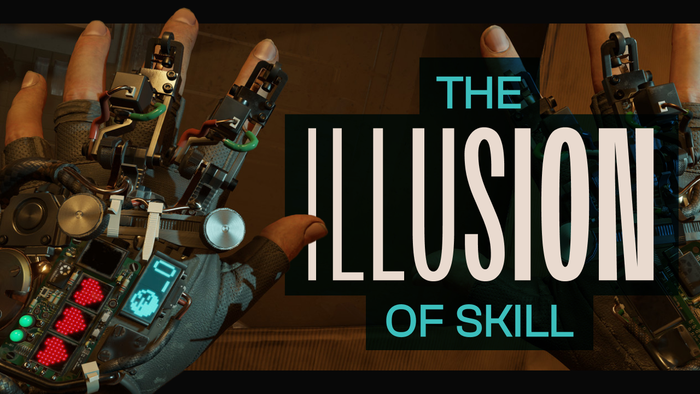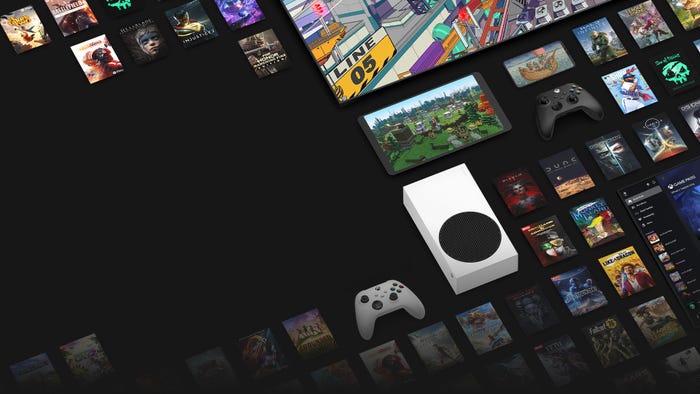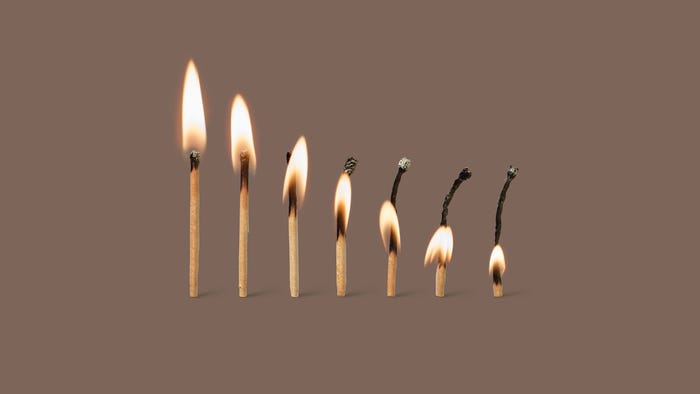
Featured Blog | This community-written post highlights the best of what the game industry has to offer. Read more like it on the Game Developer Blogs or learn how to Submit Your Own Blog Post
Game Design Tools: Narrative Graphs
Narrative graphs are a useful tool for charting out any narrative, but are especially useful for the development of game stories. This article overviews how this design tool can be used.

There's an awesome video where Kurt Vonnegut explains the shapes of stories using narrative graphs. In fact, I'm going to just link the video here (http://youtu.be/oP3c1h8v2ZQ) and talk about their applications after.
Chloe and I started talking about the narrative for Particulars a couple of weeks back, and one of the first things we did was to use a Vonnegut 'Good/Ill Fortunes' graph to map out our plot (in fact we made two graphs: one for the flash game and one for the full game.
They're below: see if you can guess which is which). This wasn't planned at all, but it's become apparent that doing so has been incredibly valuable to our understanding of our plot.

A Narrative Graph
Why is this? Very simply put, it's because games have a lot of moving parts. You've got the story, the mechanics and the level design, each of which change over time to create and dissipate tension, as well as create different moods.
By graphing out what you want from one of these (in this case, story), you force yourself to ask how the others will affect it. Soon, you're altering the curve to take powerups and new game elements into consideration, and thinking about the analogous curves for the other aspects.
Another Narrative Graph
In short, the graphs are a shorthand for the plot that can be easily compartmentalized, manipulated and reshaped to play nicely with others. And in-game development, it's super-important to keep things malleable.
Have you had any cool experience with narrative graphs? Do you prefer to use the 'Good/Ill Fortune' graph, a tension graph, or completely different axes?
Read more about:
Featured BlogsAbout the Author(s)
You May Also Like


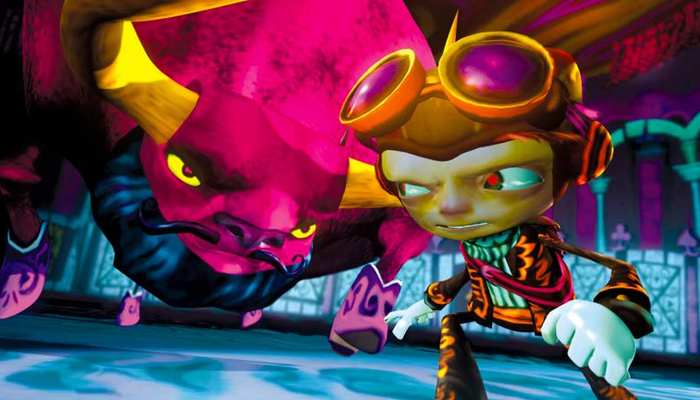


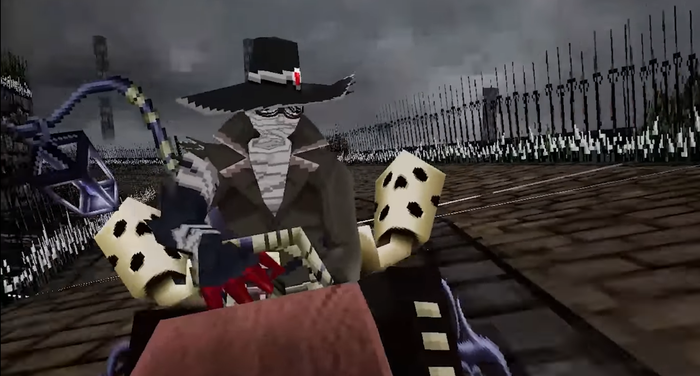
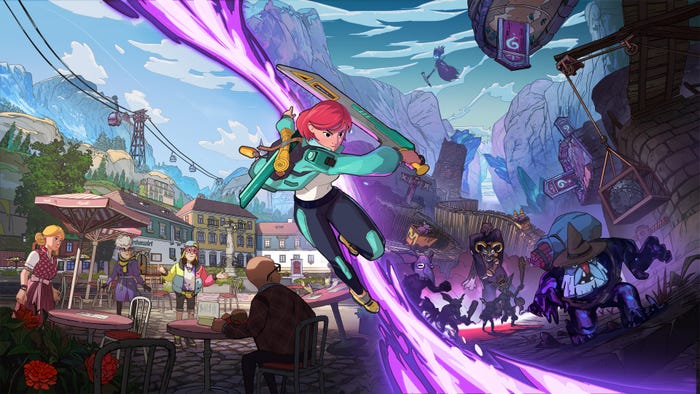
.jpeg?width=700&auto=webp&quality=80&disable=upscale)


